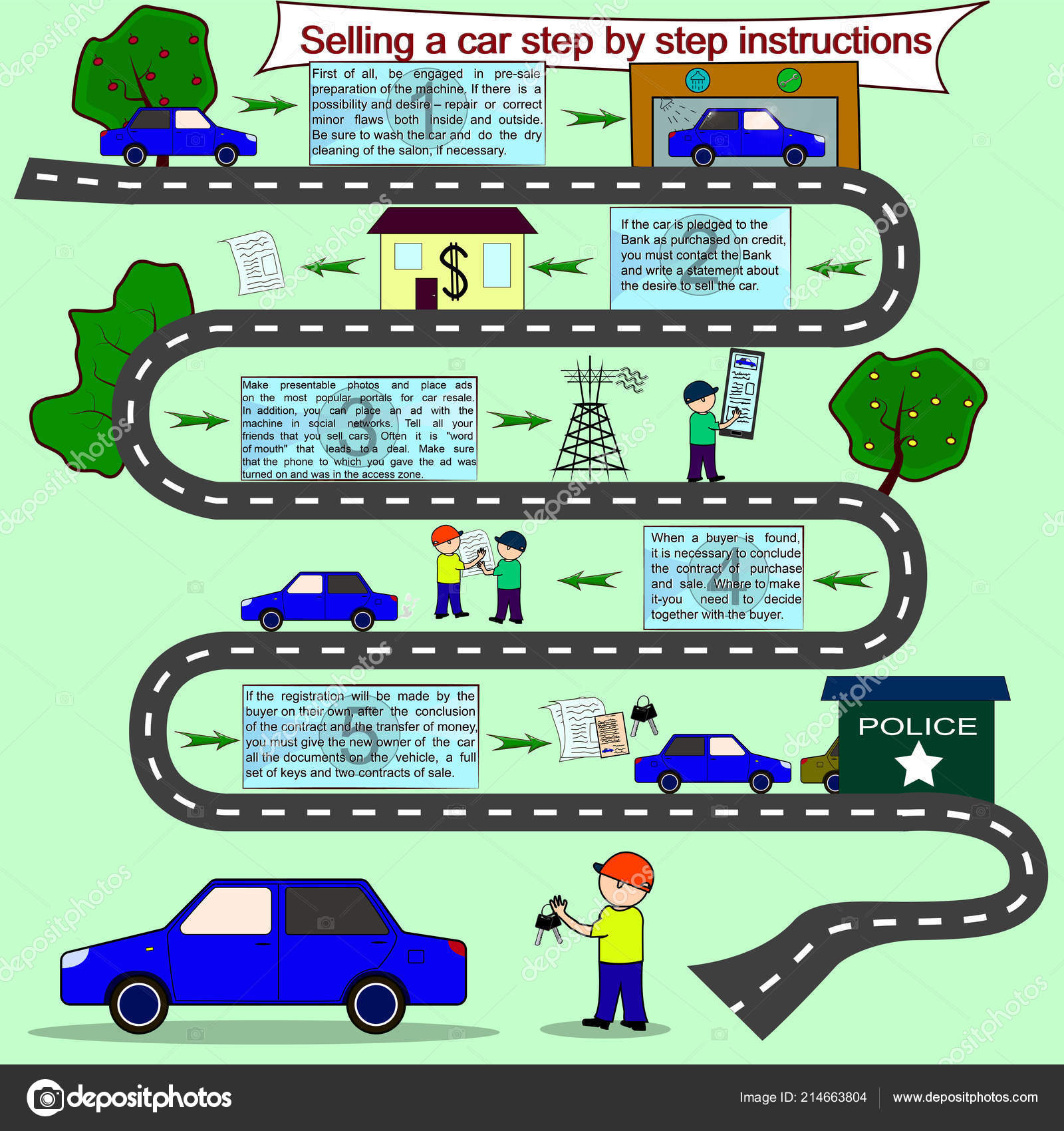Comprehending The Relevance Of Your Automobile'S Warning Signals: What They In Fact Stand For
Comprehending The Relevance Of Your Automobile'S Warning Signals: What They In Fact Stand For
Blog Article
Material Written By-Higgins Stark
When you're behind the wheel, those radiant warning lights on your control panel can be a bit bewildering. Do you recognize what they're trying to inform you concerning your auto's wellness? Recognizing the relevance of these lights is crucial for your security and the long life of your lorry. So, the following time among those lights turns up, wouldn't you want to understand its message precisely and take the necessary steps to resolve it?
Common Caution Lighting and Interpretations
Identify common warning lights in your car and comprehend their definitions to make certain secure driving.
One of the most typical caution lights consist of the check engine light, which signifies issues with the engine or discharges system. If this light begins, it's important to have your vehicle checked without delay.
The oil stress alerting light suggests reduced oil pressure, needing immediate attention to stop engine damage.
A blinking battery light might recommend a faulty billing system, potentially leaving you stranded if not addressed.
The tire pressure surveillance system (TPMS) light notifies you to low tire pressure, influencing lorry security and gas performance. Neglecting this could result in hazardous driving conditions.
The abdominal muscle light suggests a trouble with the anti-lock braking system, endangering your capacity to quit quickly in emergency situations.
Last but not least, the coolant temperature cautioning light warns of engine overheating, which can lead to serious damage otherwise dealt with quickly.
Recognizing these typical warning lights will certainly help you address problems without delay and maintain risk-free driving problems.
Value of Prompt Attention
Comprehending the typical caution lights in your car is only the primary step; the importance of immediately attending to these warnings can't be stressed sufficient to guarantee your safety when traveling.
When a warning light illuminates on your control panel, it's your cars and truck's way of interacting a prospective concern that needs focus. Ignoring these warnings can result in a lot more serious troubles down the road, compromising your security and possibly costing you more in repairs.
Motivate attention to alerting lights can avoid malfunctions and accidents. As an example, a flashing check engine light can suggest a misfire that, if left neglected, might create damage to the catalytic converter. Addressing this immediately can save you from an expensive repair service.
Similarly, a brake system warning light could indicate reduced brake fluid or worn brake pads, crucial parts for your security when driving.
DIY Troubleshooting Tips
If you see a warning light on your dashboard, there are a couple of DIY troubleshooting ideas you can attempt prior to looking for professional aid.
The primary step is to consult your auto's manual to recognize what the details warning light suggests. Sometimes the problem can be as basic as a loosened gas cap causing the check engine light. Tightening the gas cap might fix the issue.
One more typical concern is a low battery, which can trigger various warning lights. Inspecting https://ecutuningnearme16150.csublogs.com/37776710/personal-account-rejuvenating-my-aging-cars-and-truck-with-a-weekend-break-detailing-effort for deterioration and guaranteeing they're safe and secure might take care of the trouble.
If a warning light persists, you can attempt resetting it by separating the automobile's battery for a couple of mins and then reconnecting it. In how much is the car wash near me , examining your lorry's fluid degrees, such as oil, coolant, and brake liquid, can help troubleshoot warning lights connected to these systems.
car seat cleaning
To conclude, comprehending your car's caution lights is necessary for keeping your automobile running efficiently and safely. By immediately dealing with these notifies and knowing what they mean, you can avoid pricey repair work and prospective failures.
Remember to consult your automobile's handbook for specific details on each alerting light and act accordingly to guarantee a trouble-free driving experience.
Stay educated, stay risk-free on the road!
